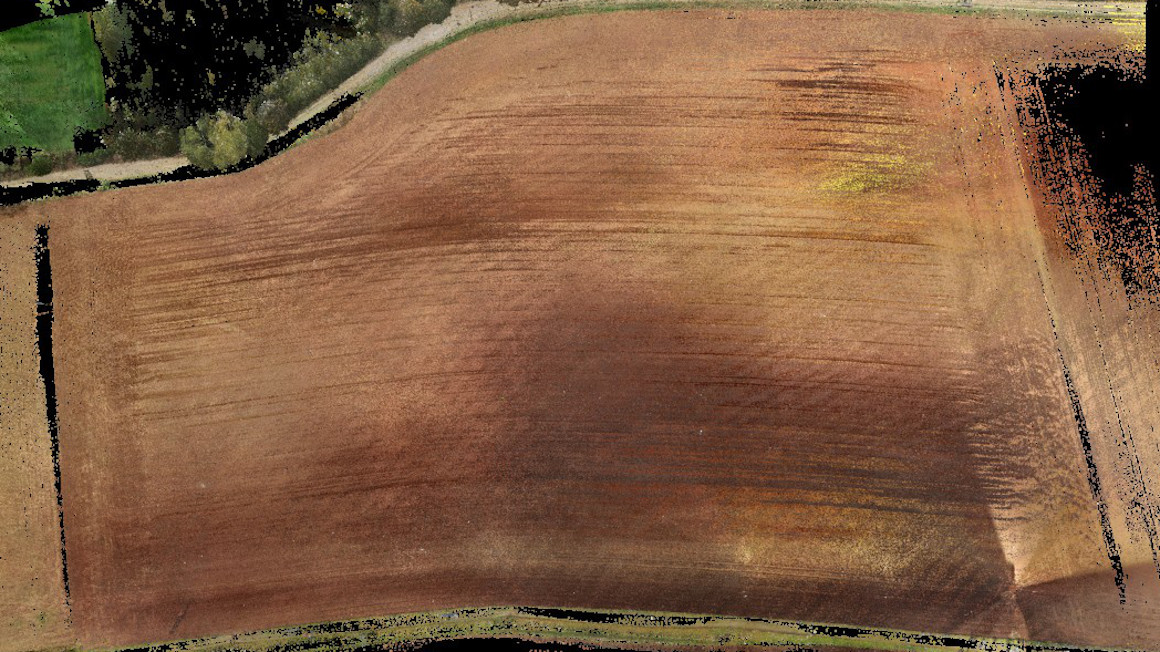With digital sensors to healthier plants
The "FarmerSpace" project tests and compares new agricultural technologies to combat weeds and plant diseases.

When a crop shows symptoms of pest infestation or nutrient deficiencies, it is often too late to prevent yield losses. However, the earlier a problem is detected, the more effectively farmers can intervene. Digital sensors can be an important tool for this. The "FarmerSpace" research project is investigating which methods are suitable, what they can do, and also how they can interact. The German Federal Ministry of Food and Agriculture (BMEL) is funding the project from February 2020 to February 2023.
Which method is more accurate?
Sensor and data transmission systems, radio sensor networks, optical and machine-based sensors, drone technology, robotics and machine learning are all competing for their place in agriculture. On a five-acre test tiller, they have to prove themselves. What surveys the field better - laser scanners, drones or moving robots? "First and foremost, we want to find out which method delivers the more precise geodata," says André Weiskopf, a scientist at Fraunhofer IOSB-AST.
Response and prevention
Other systems record the health status of individual plants. In addition to timely treatment, this also enables more cost-effective and often ecologically beneficial treatment: "If, for example, the weevil only attacks ten square meters of the entire field, the farmer can disregard the remaining area," Weiskopf describes. In this way, the groundwater is less polluted. Water protection in particular is already benefiting from the precise surveying of the field: Because of possible inputs into the groundwater, the slope, among other things, determines where crop protection products may be sprayed. Until now, this topological data was often quite inaccurate.
Besides reacting quickly to problems in the field, digital sensors even enable precisely tailored preventive measures. For example, microclimate sensors record soil temperature and moisture and can trigger a warning when conditions are favorable for infectious diseases.
What is suitable and economical?
The comparison of the available methods is intended to identify the most functional as well as the most economical method. "We derive a recommendation for action as to which technology is suitable for which problem and inform the farmer about the type and number of sensors and measurements required," sums up Fraunhofer researcher Norbert Fränzel.
bl


